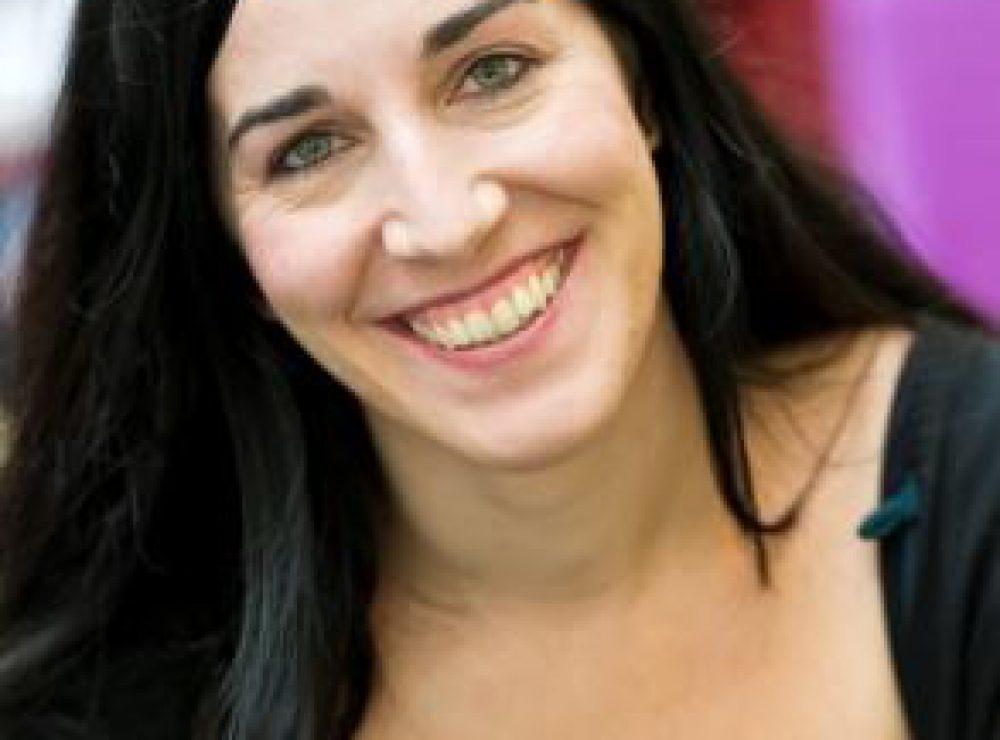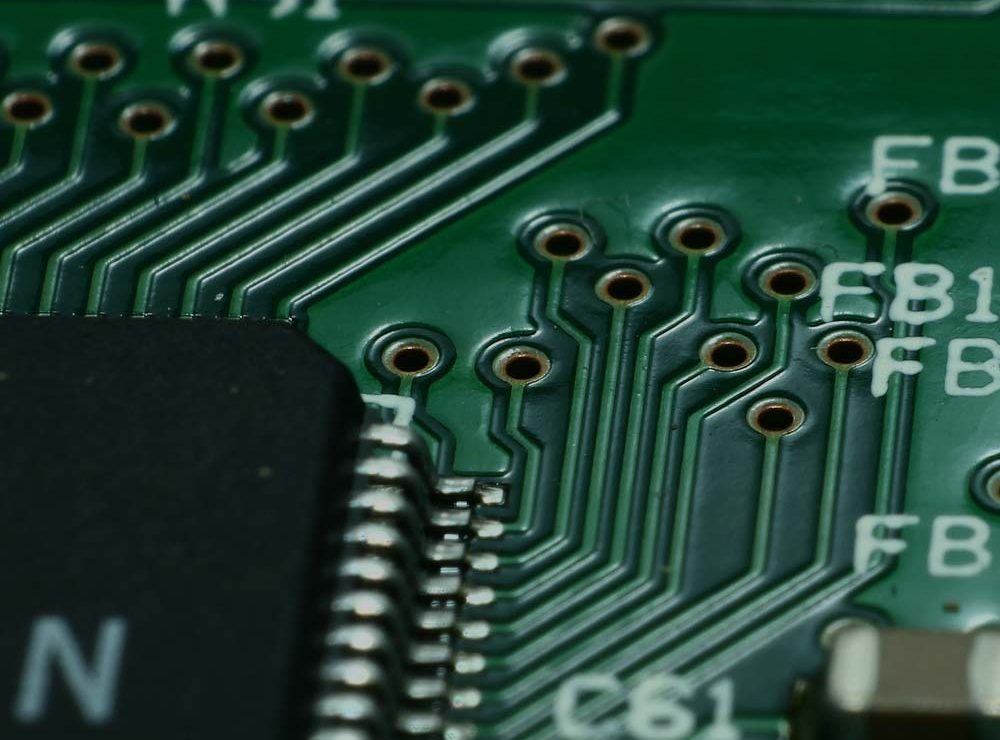This website uses cookies so that we can provide you with the best user experience possible. Cookie information is stored in your browser and performs functions such as recognising you when you return to our website and helping our team to understand which sections of the website you find most interesting and useful.

Royce speaks to ... Dr Lata Sahonta
Celebrating International Women Day 2019
Dr Lata Sahonta
Lata is the Programme Manager at Royce@Cambridge leading the Materials for Energy Efficient ICT theme. She is also a co-founder of the Kubos Semiconductors start-up looking to grow more efficient Gallium Nitride.
I also really liked meeting Prof Mildred Dresslehouse, she was called the queen of carbon…Her advice was just to talk to people because fruitful scientific discussions with your research peers is more useful than sitting in your lab and reading research papers on your own. At the time I was doing quite a lot of reading research papers on my own…

Were you encouraged from a young age to embrace Maths and Science?
I wasn’t encouraged to embrace science in particular when I was a kid. I was strongly encouraged that it was really important for me to study medicine. My folks were interested in science and were keen that I studied physics when I realised that I didn’t want to study medicine. They encouraged me to embrace all academic work really, just not science in particular.
From that, would you say that materials science wasn’t the natural career path you thought you’d choose?
Oh no. It was a natural career path. Because I faint at the sight of blood. So if I wasn’t going to do medicine, then the next things I really liked were chemistry and physics; materials science is a subject which bridges both of those.
Can you tell me about your role at Royce@Cambridge as the Programme Manager?
I oversee this really fantastic suite of cutting edge research equipment, here in the Maxwell Centre and around West Cambridge. These research instruments support researchers exploring the theme of Materials for Energy Efficient ICT. This includes any technologies needed for energy generation, energy storage and efficient energy use, and technologies that feed into that like solar cells, solid state batteries, redox-flow batteries for storage on the National Grid and energy harvesting materials. There are auto fuel cells – future alternatives to fossil fuels – lots of different technologies can be supported by all of this Royce equipment which is essential to move the UK forward as a cleaner nation, but also for having enough energy for the future as well.
You also have a tech start-up, Kubos Semiconductors. Can you tell me about that?
Kubos Semiconductors is a tech start-up founded by my three colleagues and me, from the Cambridge Centre of Gallium Nitride (GaN), which is where I was a researcher. At Kubos we grow GaN LEDs. GaN is the material that’s used in efficient white LED lighting, which is a multi-billion pound industry in itself. At Kubos we’re exploring how to grow GaN in new ways for more efficient LEDs. These are LEDs that would work across a broader range of the visible spectrum, still maintaining high efficiency. That would allow more energy efficient lighting.
Once we have very highly energy efficient lighting across the whole of the visible light spectrum, we can start designing new types of display technologies. That’s quite an exciting prospect. We’ve just started out, so we’ll see how that goes.
Do you think academic environments are supportive of diverse careers like this?
I think things have changed now because men have started needing to ‘juggle’ things as well. It would be a typical interview question to ask female candidates – ‘would you be able to juggle work and home?’ And now men are being asked the same thing. Employers are getting to the stage where for any man between the age of say 21 and 40, they’re assuming they will take time off for children, or that worklife isn’t going to be prioritised over home life. There may not necessarily be changes in the way people are viewing women in the workplace, but changes in the way we view worklife balance.
I’ve been lucky that my department has given me a lot of opportunities to promote my research, support me to develop my spinout company, and has strong HR policies that encourage diversity. With the Athena Swan programme, there’s a chance to assess how a university if promoting healthy environments for all employees, that’s a good way to reward departments for making progress.
How does Cambridge stimulate an environment for innovation?
Any universities having open doors and more points of entry to engage with industry is key to promoting this kind of entrepreneurial environment. I think the Royce is speeding this up in Cambridge. If we’ve got lots companies coming through the doors speaking to researchers about their challenges and finding out more about emerging themes in the research space at the low TRL 1 – 3 then there’s always going to be a flow of knowledge, expertise and ideas.
A lot of researchers at Cambridge have a start-up and do research that can stand in both public and private sectors. They do upstream blue sky stuff and applications based work. Being more adaptable like that is good as a scientist, and Royce is definitely facilitating all of that.
How is Kubos Semiconductors innovating?
If you look closely at a white LED, you’ll be able to see a 1mm square LED chip where all the light is coming out. That’s the Gallium Nitride part of it. GaN LEDs are grown on a silicon substrate and have a very thin solid crystal film with atoms arranged in a hexagonal structure. The arrangement of the silicon underneath is in a cubic structure so they don’t fit together perfectly which reduces the efficiency. Light gets trapped in the defects and doesn’t escape out into the environment.
We’re trying to grow cubic GaN, forcing the crystals to take on a cubic atomic arrangement so we can grow it on top of our cubic silicon wafers and then defect density will be a lot lower and we’ll get a lot more light. The hard part is growing the cubic crystals, making sure that no hexagonal phase is present, so we’re spending a lot of time and energy making sure that cubic growth is repeatable on a production line.
Who are the role models or inspirations that have influenced you?
My first real inspiration was Zuzanna Liliental-Weber who is a microscopist from Berkeley labs in the USA. During my PhD I read all her papers which were really instrumental in helping me to solve all the microscopy problems I had in my research.
I also really liked meeting Prof Mildred Dresslehouse. She passed away 2 years ago, aged 86. She was called the queen of carbon, and her research spanned graphite, fullerene materials, low dimensional semiconductors, and thermoelectric materials. Her advice was just to talk to people because fruitful scientific discussions with your research peers is more useful than sitting in your lab and reading research papers on your own. At the time I was doing quite a lot of reading research papers on my own…
Mildred was the first female MIT professor, and the first female recipient of the IEEE medal of honour, she was the second female to get the Fermi award, and she has lots of laws named after her, especially in the field of thermoelectrics, and we do quite a lot of that here in Cambridge.
Do you take any conscious steps to encourage gender balance in the environments you work in?
We hope that Kubos Semiconductors will have a good gender balance if we’re able to expand. All four of us as founders come from a research environment that embraces diversity, and that would be reflected in how we work.
In my university life, the gender balance is around 50:50. My work that involves Kubos takes place in the Cambridge Materials Science department, which I think should be congratulated for employing women at all levels of research – from students to senior professors, with none of that typical drop in women scientists at each stage of progression.



